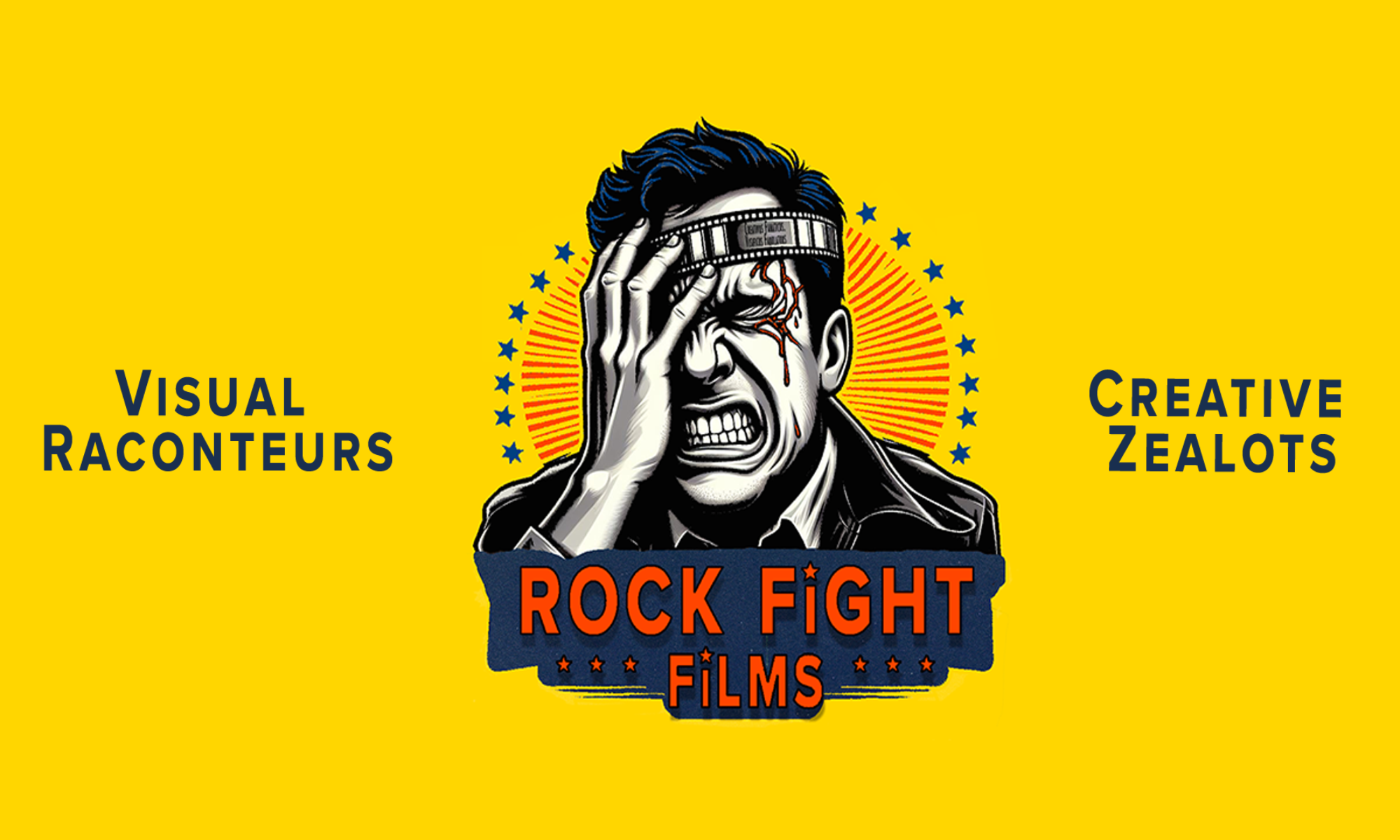
4 MIN READ
Securing the right locations for your indie film is one of the biggest challenges, but it doesn’t have to drain your budget. There are plenty of creative ways to tap into resources already within reach. Here’s how I’m making it work for my current project—and how you can, too.
Ask Around

Your network is one of your best assets when scouting for locations. Don’t hesitate to ask around—friends, family, colleagues, and acquaintances often have access to spaces you wouldn’t expect. It’s surprising how many people have homes, yards, or unique spots just waiting to be used in a film.
For my current short film, a friend is connecting me with car owners who have mid-’70s to mid-’90s luxury sedans. These cars will serve as the main location for the shoot. It’s a huge win because I don’t have to rent a car, and it provides a controlled setting for filming.
Stretch Your Spaces

If you can use one location for multiple scenes, do it. Whether it’s a backyard, a property, or even an office, think about how you can stretch the potential of a location. Filmmaking is all about resourcefulness, and this is one area where you can make a big impact with minimal effort.
I’m also connected with a neighbor who might let me use their property, which could serve as both a green room and the exterior for the final scene. That’s two birds with one stone—one location, two major uses. Plus, my own yard has a wooded path big enough for a car, which could work as the final location, with my house serving as the green room.
Less Is More

Sometimes less is more. Rather than searching for an elaborate set, consider minimalist locations that focus on atmosphere rather than complexity. Simple, clean spaces can work wonders, especially with the right lighting and props.
For example, empty warehouses, stairwells, small cafés, or even urban streets can provide the perfect backdrop without requiring much set dressing. These types of locations are often low-cost and can be tailored to your film’s aesthetic with a little creativity.
Public Space, Private Story

Public spaces like parks, libraries, and community centers can be great options for budget-conscious filmmakers. While permits are required to film in these spaces, they’re often affordable, especially for smaller productions. Sometimes, a local film commission can help you secure these permits at a discounted rate, so it’s worth checking in with them.
Keep in mind that busy public locations can complicate things. High foot traffic or popular spots might not offer the quiet atmosphere needed for filming, so time your shoots during off-peak hours or choose quieter areas. Public spaces can still be one of the best options when you’re trying to keep your costs down.
Off-Hours, On Budget

Some locations—like restaurants, nightclubs, or small businesses—can offer free or discounted access if you film during their off-hours. Early mornings, late nights, or days when they’re closed are perfect times to shoot without disrupting their operations.
Local businesses are often willing to make deals for indie filmmakers if you’re flexible with timing. A late-night shoot in an empty bar or early morning in a restaurant can save you money while giving your film a natural, authentic backdrop.
Bartering for Budget

If location rental fees are out of reach, consider offering something in exchange for location access. Many local businesses or private property owners may be open to the idea of barter, especially if they’re looking for exposure or content of their own.
For example, offer to create a promotional video for a café or generate social media content for a business. This is a great way to offset costs and build relationships with the community while securing high-quality locations for your film.
Find Hidden Gems

Local film commissions, film offices, and filmmaking groups often have access to hidden location gems. These groups can sometimes arrange discounts or incentives for indie filmmakers. Not to mention, many venues are willing to collaborate for exposure or visibility, so don’t shy away from reaching out.
Even if a location isn’t immediately available, these communities often have tips and connections that can help you track down what you need.
Final Thoughts
Finding affordable film locations isn’t about settling for less; it’s about getting creative with what you already have access to. Whether it’s a car, a friend’s property, or your own backyard, there are plenty of ways to make your film look great without high costs. Sometimes, the best options are right in front of you. You just have to know where to look.
Got a great location tip of your own? Share it in the comments below—let’s keep the conversation going and help each other make our indie films even better!
